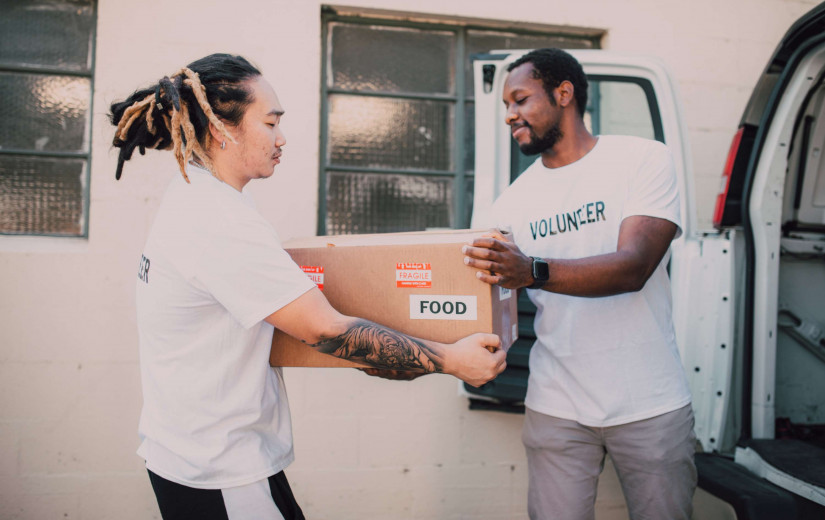How Can You Qualify for SNAP Benefits?
The Supplemental Nutrition Assistance Program (SNAP) is sustained by a system of express federal funding. The program is available to those in need of food assistance. If you are currently suffering from issues related to low income, you can apply to receive aid. SNAP is administered through each state. A number of other agencies are also involved.
What Happens When You File an Application?
The application process for SNAP is fairly straightforward. In most states, the application can be filled out on the web. If you have no access to the internet, you can fill it out at a local county or state office. Once you have filed your SNAP application, you can expect to follow it up with a personal interview.
When you go to the interview, you will be expected to provide verification of your identity, address, income, and level of living expenses. You can apply for a waiver for the interview if you are elderly or unable to go to the office in person. This will enable authorities to schedule a phone interview or a personal visit to your home.
How Many People Live in Your Home?
After your application for SNAP has been submitted, the authorities will look at a number of qualifying factors. For example, they will check your income, resources, and the size of your household. This is defined according to the people that live and prepare food there. The total number of people actually in the home is what matters.
To get an idea of what you may receive, you can first calculate the exact number of people who make up your present household. This number will be directly related to the amount of money that is currently distributed through SNAP. This total figure will need to be below a certain amount that is based on the total number of people in your home.
What is Your Total Level of Assets?
You will then be required to determine the total level of your existing household resources and assets. For example, you may possess up to $2,250 in total resources, starting with your bank account.
Keep in mind that this figure omits several sources of aid. These include SSI, TANF. The vehicle you drive will usually not be counted among your resources.
There is a special circumstance under which the limit will be raised to $3,500 for the total of countable resources. This can occur if at least one person in your present household is 60 years old or older and is disabled.
What is Your Total Level of Income?
Determining your income is easier when you know the factors that need to be computed. Your gross income is the total income you may possess before any exclusions or deductions are made. Once these are factored in, what you are left with is a total that is known as your net income.
If you have a household that includes only yourself, your gross monthly income is eligible for SNAP payments. The usual amount will be around $1,287, with a net of about $990. If your household has two people, the total gross may be $1,726. In this case, your net may be $1,335. The numbers increase if more people are in your household.
Are You Eligible for Any Deductions?
Your next step should be to determine if there are any deductions that you may be eligible for. These may include, but will not be limited to, deductions for large households, training, education, medical expenses, and child support.
Other deductions may cover such matters as dependent care for work. You may also receive deductions for the matter of handling medical expenses. These are usually meant to cover the care of elderly or disabled members of your household. A certain type of deduction may be available to cover shelter costs for homeless family members.
Are You Sure You Are Eligible?
The last consideration to keep in mind is that some people are simply not eligible to receive SNAP benefits. If this is the case for you, you will need to look elsewhere.
The list of people who are not eligible for SNAP may include workers who are currently on strike as well as immigrants who are not authorized to be in the country. In some cases, even lawful immigrants are not considered to be eligible. Check with your county or state office for more details.

















